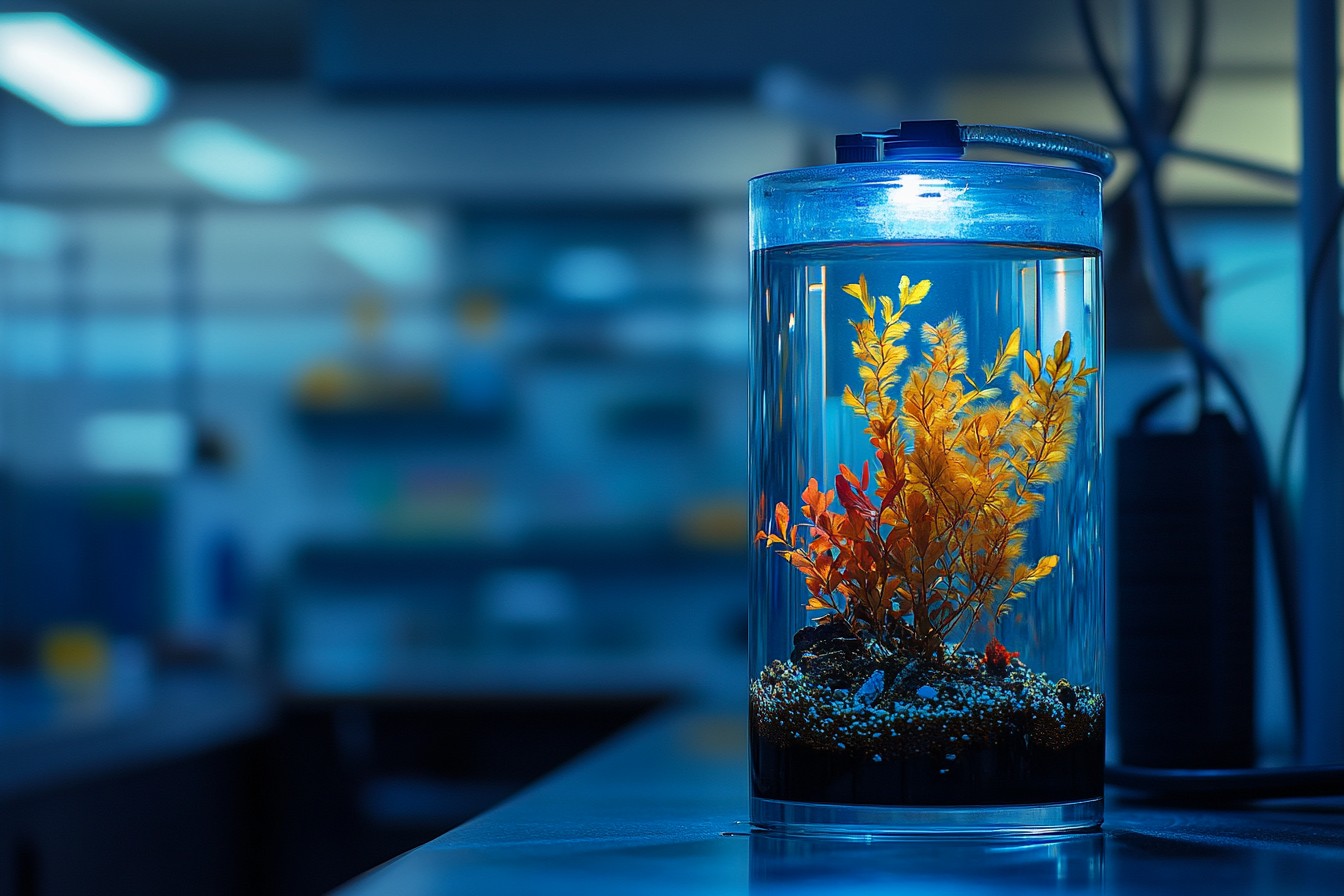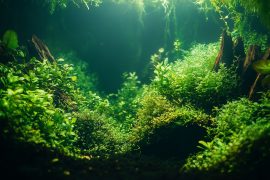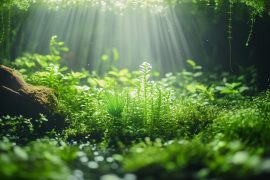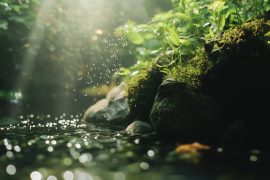Water chemistry was my nemesis for years. I’d get these perfect mental images of lush, thriving aquascapes, only to watch plants melt away and fish gasp at the surface within days of setup. I blamed everything—the plants, the substrate, the alignment of the planets—before finally accepting that I needed to actually understand what was happening beneath the surface.
Not just the basics that everyone parrots about “cycling your tank,” but the actual chemistry that makes an aquarium thrive or crash. My breaking point came after setting up what should have been a simple 20-gallon planted tank for a local restaurant. Everything looked perfect at installation.
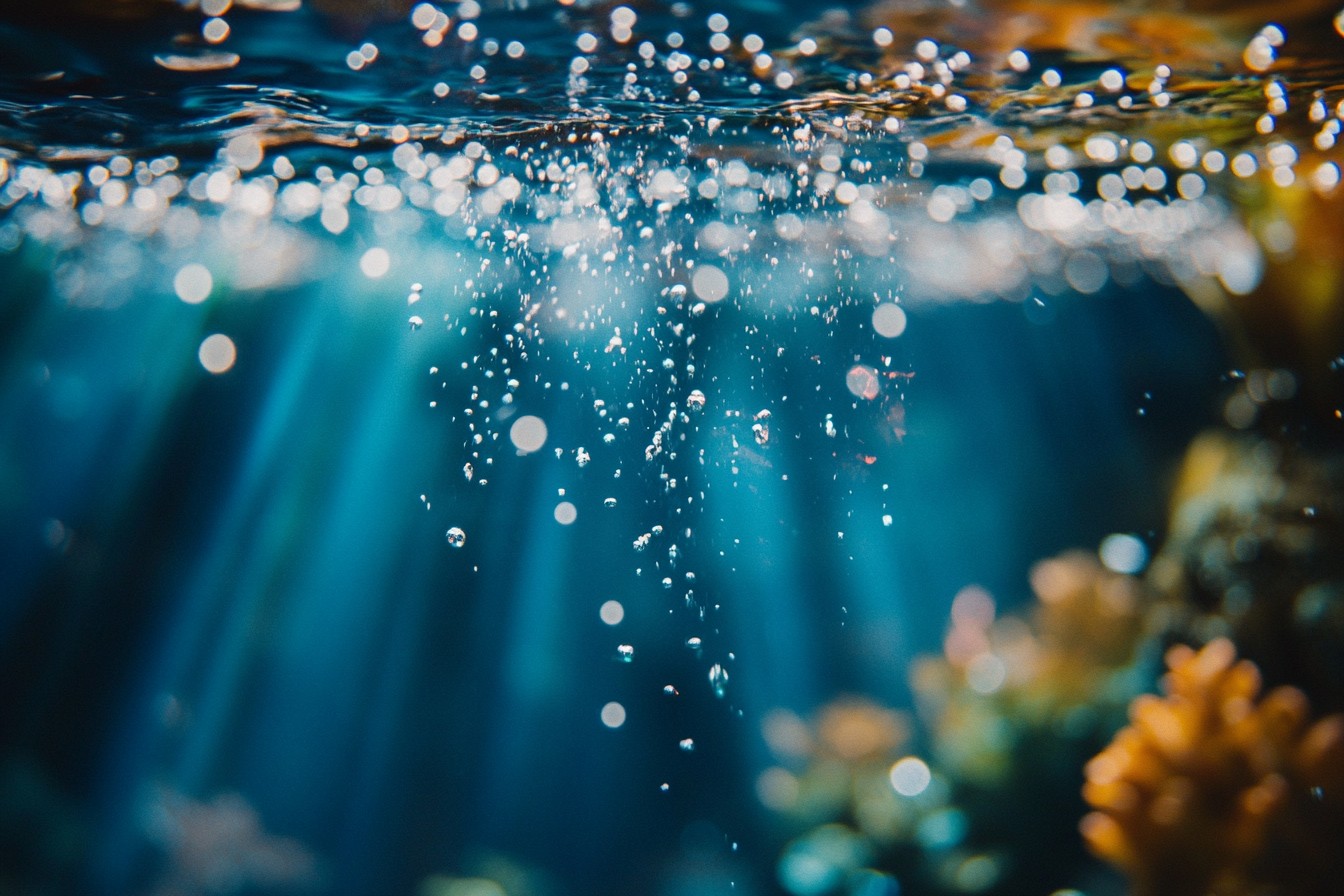
Three days later, I got a panicked call that the water had turned cloudy and fish were dying. I rushed over with my test kit, expecting to find ammonia issues from overfeeding. Instead, I discovered that the restaurant had used their water softener system for filling the tank, creating mineral levels so out of whack that it was essentially toxic soup.
I spent the next six hours performing water changes with bottled water while researching water chemistry on my phone between buckets. Not my proudest professional moment. That disaster sparked an obsession with understanding aquarium water chemistry that’s lasted for years.
I’ve since filled notebooks with water parameter data, experimented with countless additives and substrates, and yes, killed more fish than I care to admit in my quest for knowledge. I’m sharing what I’ve learned so you don’t have to learn it the hard way like I did. Let’s start with pH—the parameter everyone measures but few truly understand.
In simple terms, pH measures how acidic or alkaline your water is, on a scale from 0 to 14, with 7 being neutral. Most freshwater aquariums function best somewhere between 6.5 and 7.8, though specific biotopes may require values outside this range. What’s infinitely more important than the specific number, though, is stability.
I’ve seen cardinal tetras thriving in pH 7.5 water (higher than their natural preference) simply because it remained consistent. The biggest mistake I see people make with pH is chasing some “perfect” number they read about online. They add pH-up and pH-down products like they’re mixing cocktails, creating wild swings that stress fish far more than a stable pH that’s slightly outside the ideal range.
I’ve literally watched someone add pH-down to their tank three times in one day, testing after each addition, not understanding why their fish were flashing and darting around in obvious distress. My approach to pH is pretty straightforward—I match fish to my water when possible rather than fighting my water source. My tap water comes out at pH 7.6 with moderate hardness.
Instead of battling this with chemicals, I simply stock fish that tolerate or prefer these conditions. When I want to keep species that need softer, more acidic conditions, I use methods that produce stable, gradual changes: botanicals like catappa leaves and seed pods, or specific substrates that naturally lower pH over time. For one South American biotope project, I needed to maintain pH around 6.0.
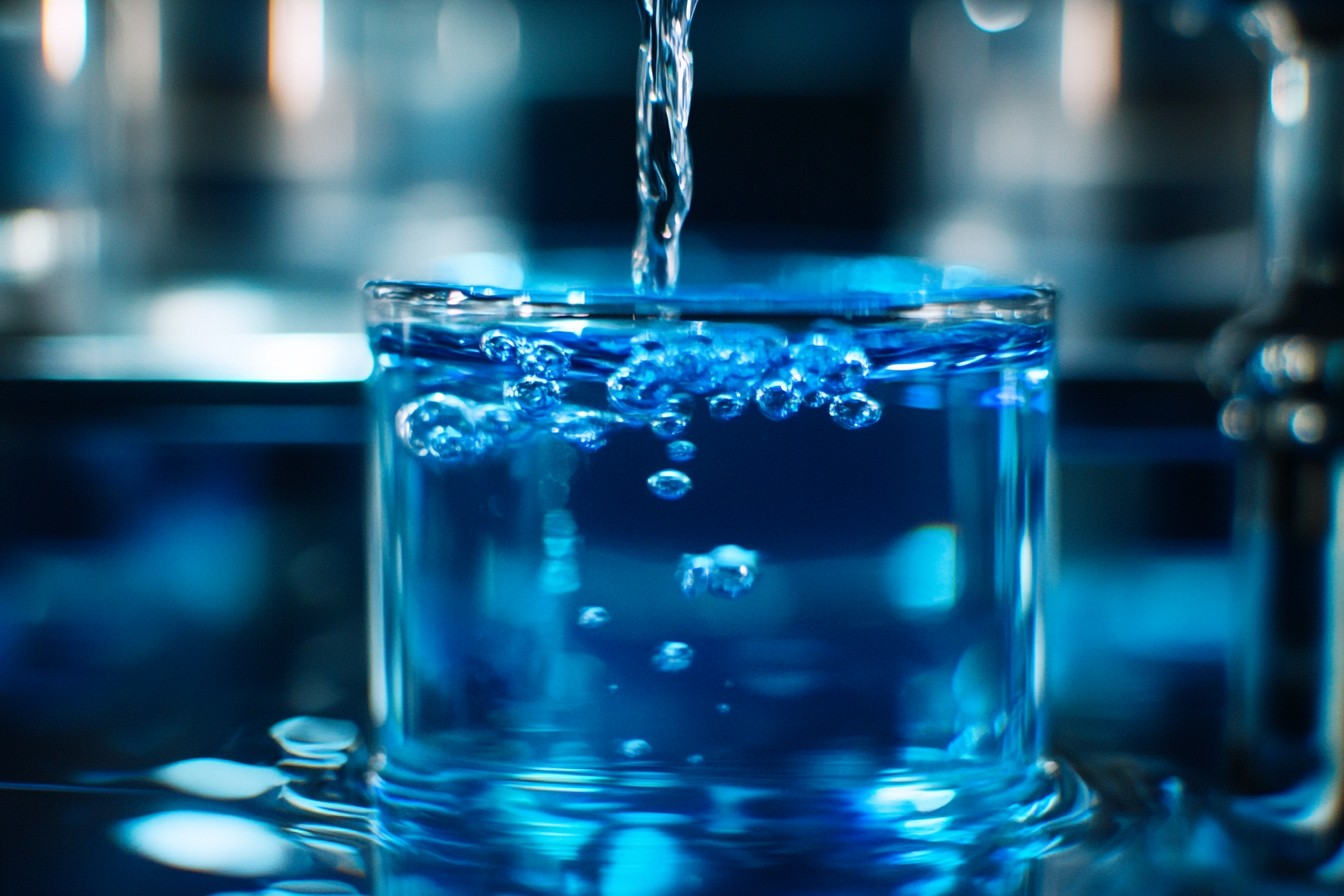
Rather than using chemical adjusters, I filled the tank with a mixture of oak and catappa leaves, added peat to the filter, and used a specialized acidic substrate. The pH dropped slowly over two weeks and then remained stable for months with minimal intervention. The key was patience—something in desperately short supply in this hobby.
Now let’s talk about the nitrogen cycle, which remains the most fundamental yet misunderstood aspect of aquarium chemistry. In its simplest form: fish produce ammonia (highly toxic), bacteria convert ammonia to nitrite (also toxic), then different bacteria convert nitrite to nitrate (less immediately toxic, but still problematic in high concentrations). This cycle is happening constantly in your aquarium, and understanding it is non-negotiable for success.
My most embarrassing confession: despite keeping fish for years as a teenager, I didn’t fully understand the nitrogen cycle until college. I thought “cycling” just meant running the filter for a while before adding fish. I can’t count how many fish I lost because I didn’t understand this basic process, and it still makes me cringe to think about it.
Testing for ammonia and nitrite is critical, especially in new setups or after any major change to the system. Both should read zero in an established, healthy tank. Any detectable ammonia or nitrite indicates a problem that needs immediate attention.
I test weekly even in established tanks, not because I expect problems, but because catching issues early can prevent disasters. I’ve found that many hobbyists rely too heavily on test kits without understanding their limitations. Liquid test kits can be more accurate than strips, but they’re still subject to user error and expiration issues.
I once spent weeks chasing mysterious ammonia readings before realizing my test kit had expired six months earlier. Now I write purchase dates on all my testing supplies and replace them religiously, even if they haven’t been used much. Nitrate is the final product of the nitrogen cycle and requires special attention because it builds up over time.
While fish can tolerate moderate nitrate levels (generally under 40ppm), plants may show deficiencies at very low levels (under 5ppm) or suffer at high concentrations. The balance depends entirely on your specific setup. In heavily planted tanks with moderate fish loads, I’ve maintained zero nitrate readings for months without water changes.
The plants simply consume the nitrate as fast as it’s produced. In fish-only or lightly planted systems, regular water changes are the most reliable method for nitrate control. I typically aim to keep nitrate between 5-20ppm in most planted setups, finding this range supports good plant growth while remaining safe for sensitive fish species.
One persistently frustrating aspect of nitrate management is that test kits can be finicky. The API Nitrate test, which is probably the most commonly used in the hobby, requires a very specific shaking protocol that many people get wrong. You have to bang that second bottle against a hard surface for what feels like an eternity (a full 30 seconds by the instructions, which feels like two minutes when you’re actually doing it).
Fail to shake it enough, and you’ll get falsely low readings. I’ve had multiple clients swear they had no nitrate issues when their actual levels were well over 80ppm. Water hardness is another parameter that deserves more attention than it typically gets.
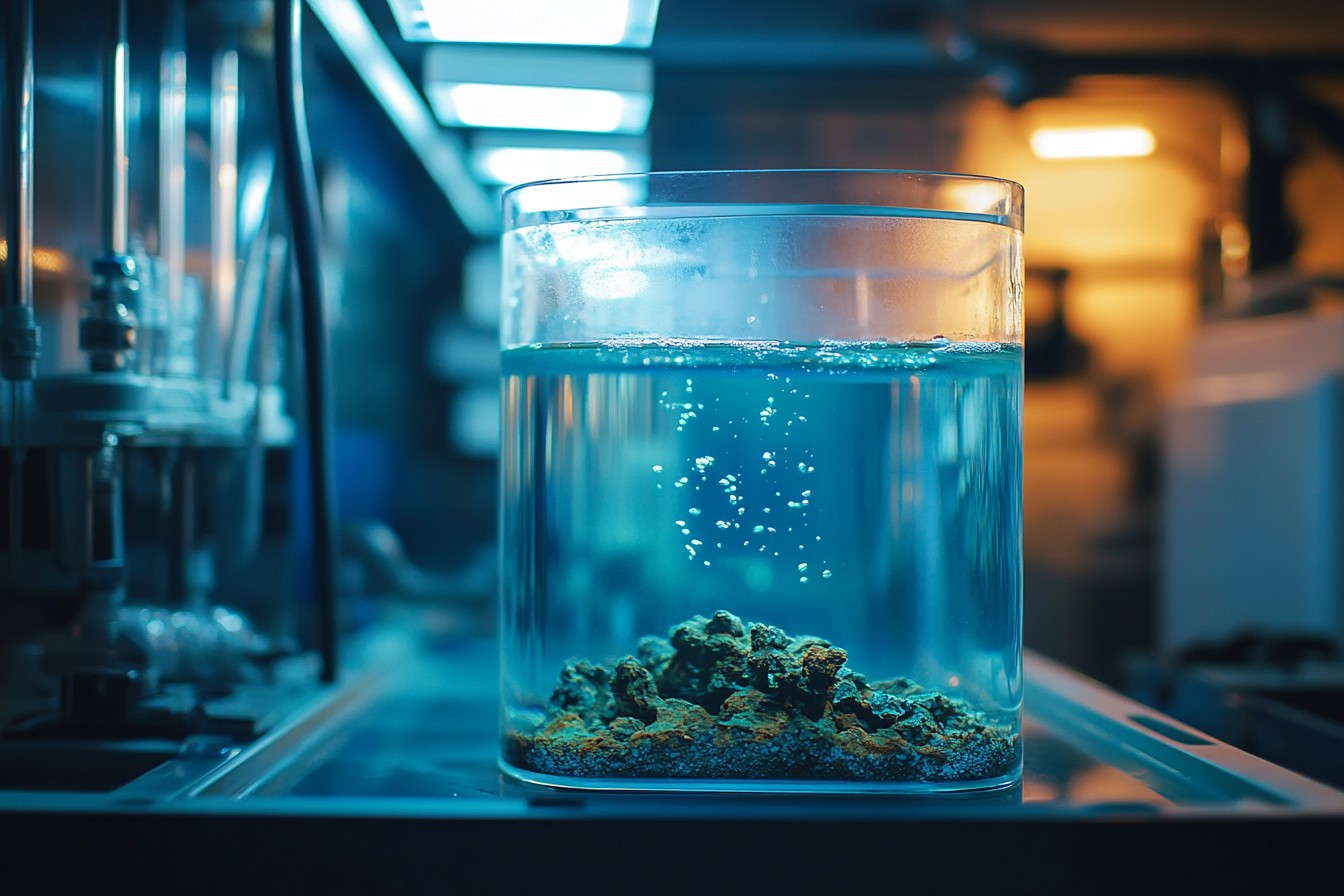
General Hardness (GH) measures dissolved minerals, primarily calcium and magnesium, while Carbonate Hardness (KH) measures carbonates and bicarbonates, which buffer against pH changes. Both parameters are typically measured in degrees (dGH/dKH) or parts per million (ppm). Many hobbyists obsess over pH while ignoring hardness, not realizing that the two are intimately connected.
I’ve watched people struggle to lower pH in tanks with high KH, not understanding that the buffering capacity of their water was fighting against their efforts. This is like trying to drive with the parking brake on—you might make progress, but it’s going to be a struggle. For most community tanks, moderate hardness works well.
If you’re keeping specialized species with specific hardness requirements (like many South American tetras or African cichlids), you’ll need to either match your water source to their needs or modify your water carefully and consistently. I learned about water hardness importance the hard way when I tried keeping a group of carefully sourced wild discus in my regular tap water. Despite adjusting the pH to their preferred range, they never colored up properly and always seemed stressed.
After consulting with an experienced discus breeder, I tested my GH and discovered it was nearly five times higher than their natural habitat. Switching to RO water remineralized to the correct hardness transformed them within weeks—their colors intensified and they began actively breeding. Let’s talk about water changes, the cornerstone of basic water chemistry management.
The old debate about whether large weekly changes or small daily changes are better still rages on forums, but I’ve found success with both approaches depending on the system. For most of my display tanks, I do 30-50% changes weekly. For delicate breeding setups or tanks with very particular water chemistry needs, smaller daily or every-other-day changes maintain more stable conditions.
The temperature of change water is crucially important—a fact I discovered painfully early in my fishkeeping journey. My first apartment had wildly inconsistent hot water temperatures, and during one water change, I accidentally added water that was several degrees cooler than the tank. The resulting temperature shock sent my prized angelfish into a stress-induced bacterial infection that wiped out half the tank.
Now I’m fanatical about matching temperatures and use a digital thermometer to verify before adding a drop. Perhaps the most underrated tool in water chemistry management is simple observation. Numbers and test results matter, but nothing replaces watching your tank carefully and regularly.
I spend at least a few minutes each day just observing each of my tanks—how the fish are behaving, how the plants are growing, whether algae is appearing in new places. Often, I’ll spot subtle signs of water chemistry issues before they register on test kits: fish flashing against objects might indicate pH fluctuations; increased respiration could suggest ammonia stress; plants developing holes might signal mineral deficiencies. After fifteen years of obsessing over water parameters, making countless mistakes, and gradually refining my approach, I’ve come to a surprisingly simple philosophy: stability trumps perfection.
I’ve seen beautiful, thriving tanks with parameters that technically shouldn’t work, and I’ve seen perfectly optimized systems crash mysteriously. The tanks that succeed long-term are almost always those where parameters remain consistent, even if they’re not textbook perfect. Water chemistry can seem overwhelmingly complex when you’re starting out—I remember the feeling of drowning in abbreviations and numbers, testing and retesting, trying to make sense of contradictory advice.
But at its core, it’s about creating and maintaining a stable environment where both plants and animals can thrive. Master that fundamental principle, and everything else becomes much easier to manage.
